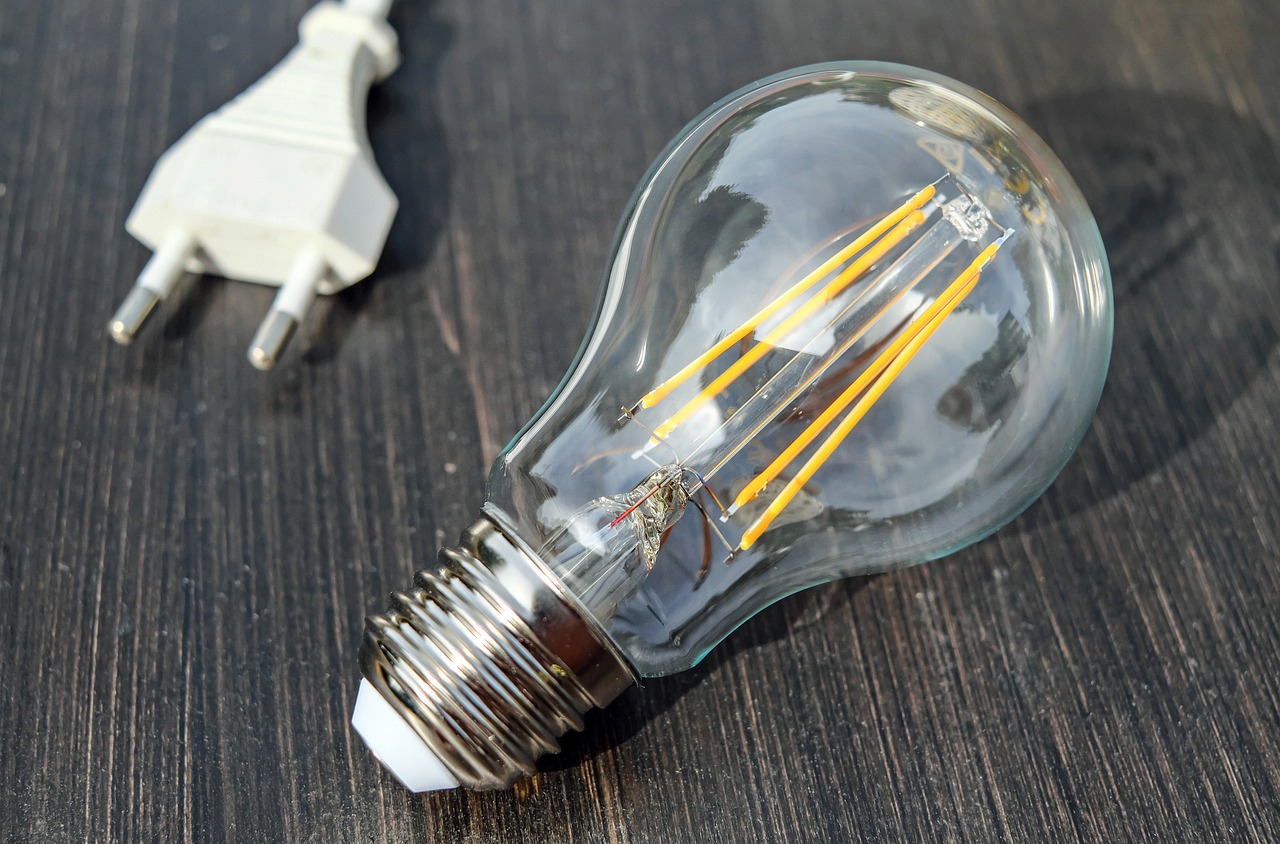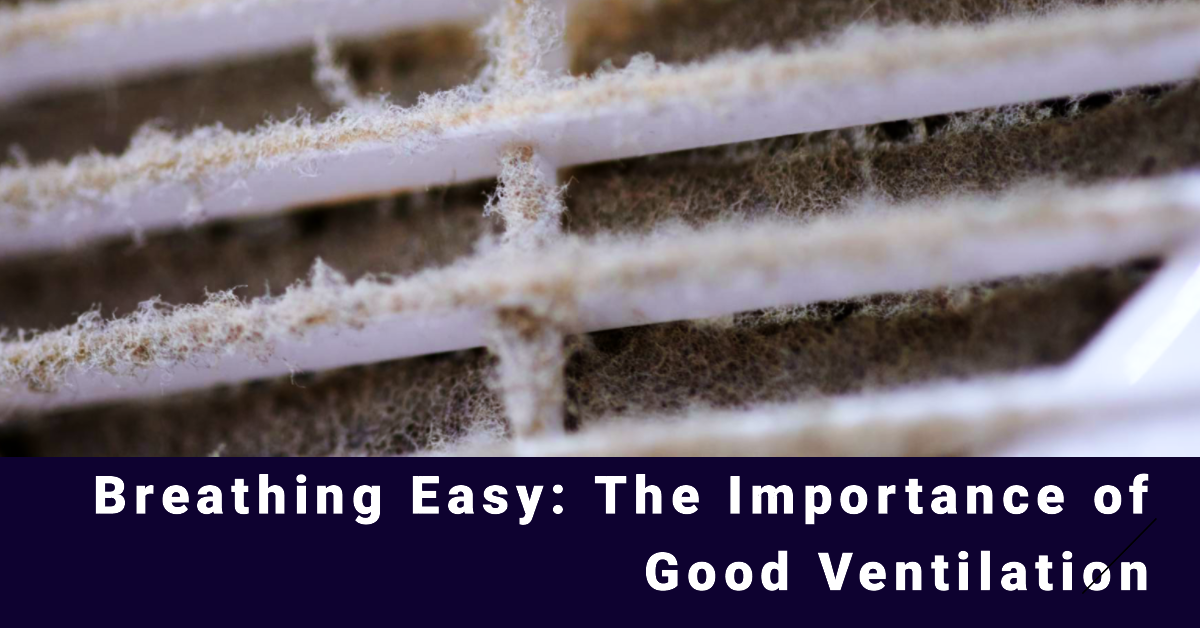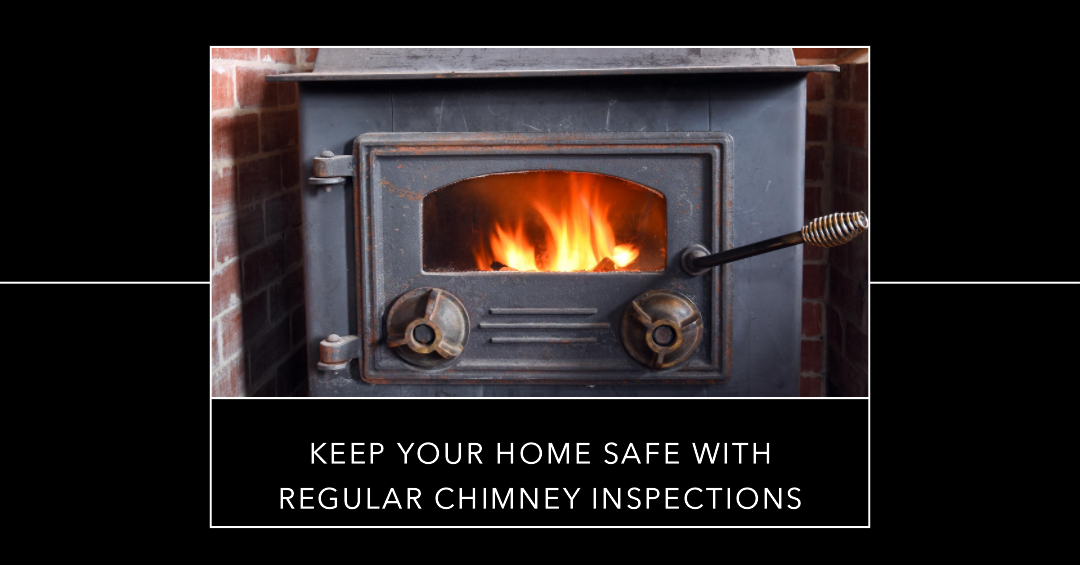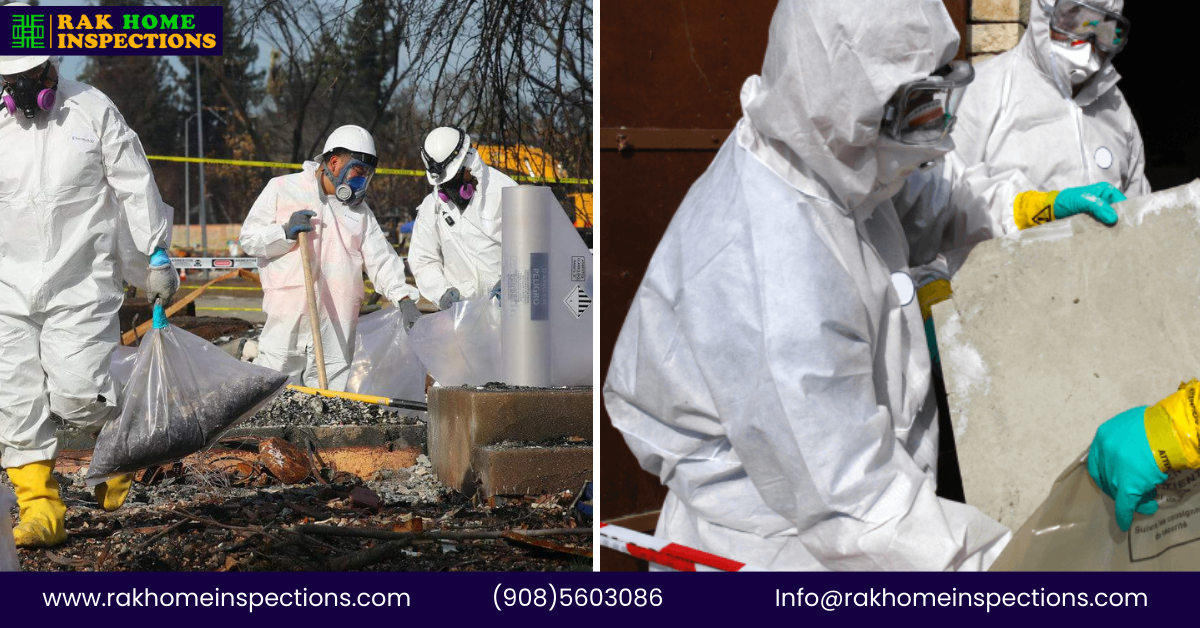In New Jersey, the cost of a home inspection typically ranges from $250 to $1000 or more, depending on the factors mentioned below. It's e...
Ascending with Confidence: Evaluating the Safety of Staircases and Railings
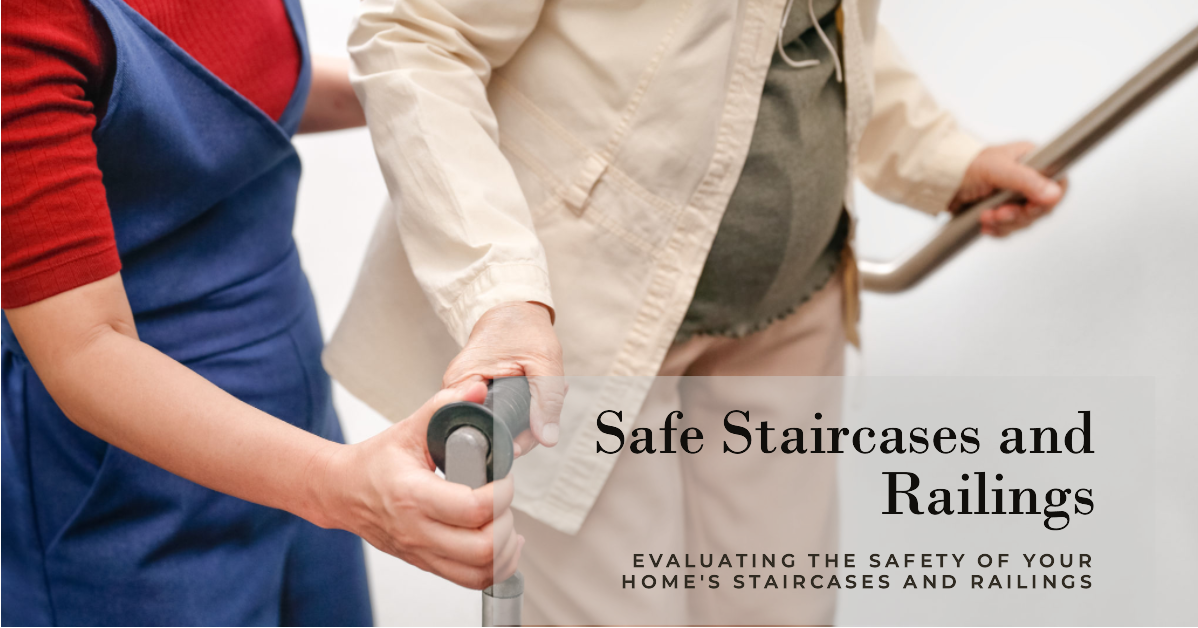
Staircases and railings are essential architectural features that enable seamless movement between different levels of a building. However, they can also present significant safety risks if not properly maintained or designed. Whether in a residential home, commercial establishment, or public space, regular evaluation of staircases and railings is essential to ensure the safety and well-being of all users. In this blog, we will delve into the importance of assessing the safety of staircases and railings, common issues to watch out for, and practical tips for maintaining these crucial elements in top-notch condition.
The Significance of Safety Evaluation
a. Preventing Accidents
Staircase-related accidents can result in severe injuries, especially among children and the elderly. Regular safety evaluations help identify potential hazards, allowing for timely repairs or modifications to reduce the risk of falls and mishaps.
b. Legal and Insurance Compliance
Property owners, especially those operating commercial or public spaces, have a legal obligation to maintain safe premises. Regular safety assessments help ensure compliance with building codes and insurance requirements, avoiding potential liabilities.
c. Enhancing Property Value
Well-maintained staircases and railings contribute to the overall aesthetics and appeal of a property. A safe and visually pleasing staircase can enhance the property's value and create a positive impression on visitors and potential buyers.
Common Safety Concerns
a. Uneven or Worn Steps
Inspect the stair treads for signs of wear, unevenness, or damage. Uneven steps can cause trips, while worn treads may lack sufficient traction, increasing the risk of slips.
b. Loose or Damaged Handrails
Ensure that handrails are securely fastened to the wall or balusters. Loose or damaged handrails can lead to balance issues and accidents, particularly for individuals who rely on them for support.
c. Inadequate Staircase Lighting
Insufficient lighting on staircases poses a significant safety risk, especially in dimly lit areas or during nighttime. Proper illumination is crucial to help users navigate the stairs safely.
d. Inconsistent Railing Height
Staircases with varying railing heights can lead to confusion and accidents. Railings should have a consistent height throughout the staircase to provide users with a stable and secure grip.
Tips for Maintenance and Evaluation
a. Regular Inspections
Schedule routine inspections of your staircases and railings, checking for any signs of wear, damage, or loose components. Promptly address any issues that arise during the evaluation.
b. Secure Handrails and Balusters
Ensure that handrails and balusters are securely fastened and that there are no wobbly or loose components. Tighten screws or bolts as needed to maintain stability.
c. Address Tread and Riser Issues
Repair or replace worn or damaged stair treads and risers to maintain a level walking surface and prevent potential tripping hazards.
d. Install Adequate Lighting
If staircases are inadequately lit, consider adding additional lighting fixtures to improve visibility and safety.
e. Consider Non-Slip Surfaces
To enhance traction on stair treads, consider installing non-slip surfaces or adding non-slip adhesive strips.
Conclusion
Safety should always be a top priority when it comes to staircases and railings in any building. Regular evaluation and maintenance of these features can prevent accidents, ensure compliance with regulations, and enhance the overall safety and value of the property. By staying vigilant and promptly addressing any issues, we can ascend and descend staircases with confidence, knowing that they are designed and maintained with our safety in mind.
2023-08-02 17:41:21


